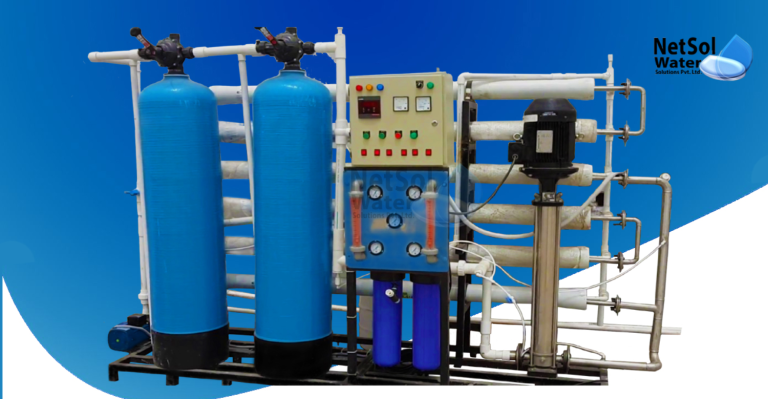
It makes sense to think about potential difficulties that might influence your commercial ro plant water treatment system and actions you can take to reduce or prevent them if your facility depends on this system or if you are going to establish a new one.
While the process of changing a liquid stream into a form more suitable for a particular application may be summed up as industrial water treatment, it really encompasses a wide range of tools, machinery, and procedures.
This article will provide a high-level overview of Common commercial RO Problems and Solutions, serving as a useful starting point for your further research into the problems that are most pertinent to your facility.
Raw water treatment problems
Raw water properties can change dramatically in reaction to different environmental circumstances since it is derived from sources such precipitation, wells, groundwater, lakes, and rivers. The most frequent issues with raw water treatment systems are frequently caused by a lack of flexibility in responding to evolving treatment requirements. These consist of:
- Turbidity levels that vary
- Different flow rates
- Altering the chemical of feed
- Adapting standards for quality
- Second–hand waste generation
Most prevalent RO system issues
As the leading producer of commercial RO plant, we have observed certain typical problems that arise for our clients when they are operating. We’ve listed the top RO plant issues that you’re likely dealing with right now in this post. These typical issues are listed below, along with their solutions: –
Noisy system:
The main issue with a commercial reverse osmosis plant is that everytime a new system is installed or filters, particularly cartridge filters, are changed, there is a loud noise coming from the drain or a faucet. While this issue goes away in a week or two, the loud noise will continue to annoy you throughout that time. You may always call our specialists and pros for assistance if you need to get rid of this. Maintaining the life of a RO system also requires routine maintenance of the water purifier.
Leakage:
Leaks in the drainage or faucet are the second issue that someone may experience. In essence, this occurs when the system components of a RO plant are ill-fitting. You should constantly keep an eye out for where the leaking is occurring to receive relief from the leakage system. The tubing may then be further inserted into ports, drain saddles, and valves once you have tightened the fittings on that component. This will aid in the joint system’s improvement.
Odor and flavour:
A commercial RO plant’s third issue is that occasionally the water it produces has an unpleasant flavour or smell. The major cause can be exhausted filters and worn-out membranes. To fix the issue and improve the taste of the water, you must replace the worn-out filters and membranes. To lessen air and bubbles, the water that has been kept for a long time must also be changed on a regular basis.
Sluggish water flow:
A sluggish water flow compared to what is necessary for operation is another issue the commercial RO plant faces. You must measure the water tank’s capacity for this. You must lift the book if it is less. Occasionally, the bladder within the tank cannot maintain pressure.
Abnormal operations:
The system operates nonstop, which is the final but not insignificant issue. This generally occurs when the valve is damaged or doesn’t close correctly. The membrane can sometimes even be installed incorrectly and yet cause the system to function. Therefore, you may monitor the pressure in the storage tank and subsequently change the valve as necessary to halt the continuous flow.
These were a few of the issues the RO plants had. Please feel free to reach out to our specialists and experts. Call us at +91-9650608473 or send an email to enquiry@netsolwater.com.
